Medaxiom Blog
A curated feed of cardiovascular perspectives
Stay up-to-date on the latest opinions, trends, and issues in cardiovascular healthcare with MedAxiom’s blog posts.
What does "Patient Access" really mean in my Program?
Thursday, July 11, 2019 | Nicole F. Knight LPN, CPC, CCS-P | 0 Comments
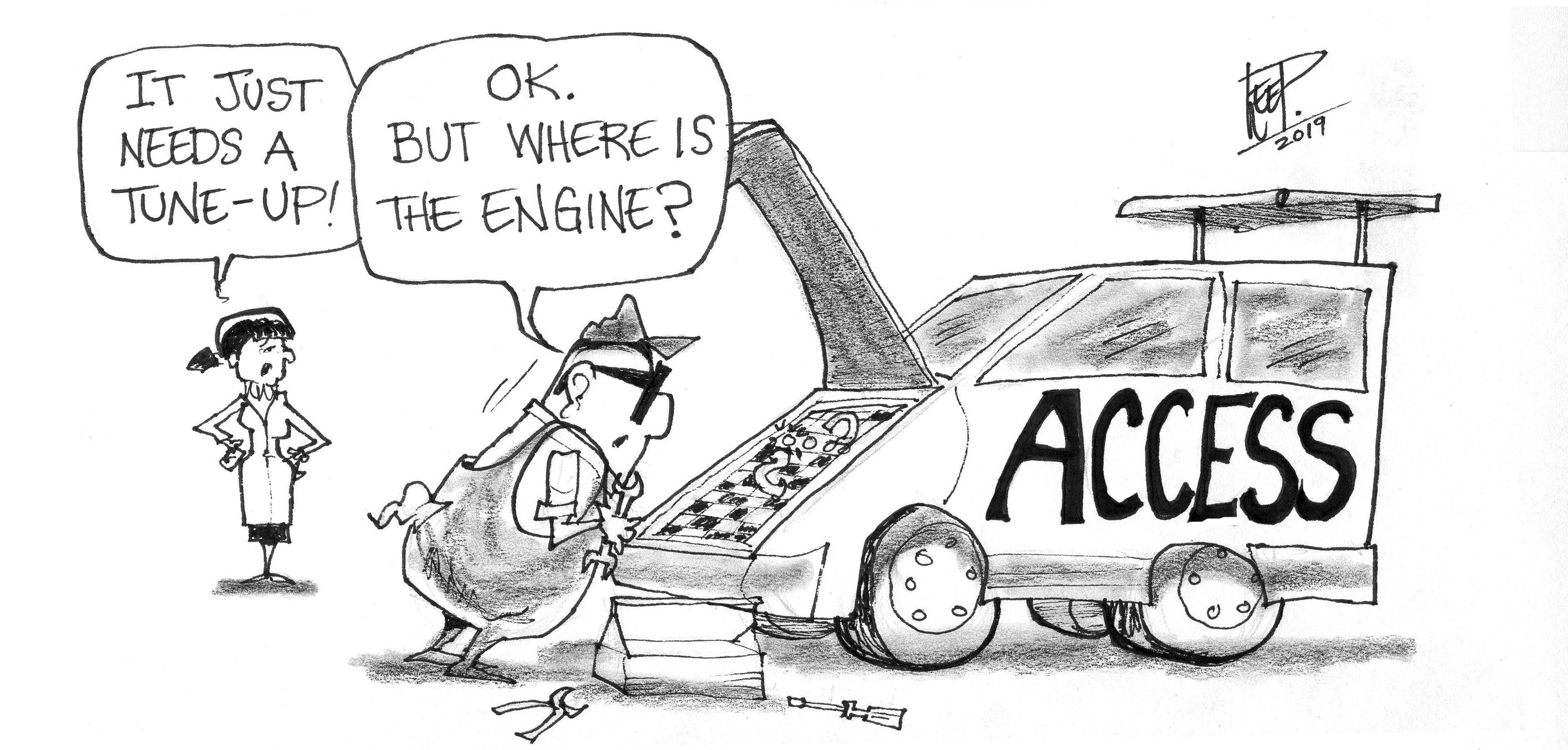
What does “Patient Access” really mean in my Program? Patient access has become one of the hottest topics across the country in the majority of CV Programs. It seems so simple to “fix” however it remains a challenge. I have experienced that the definition of access has many meanings based on the individual’s interpretation in relation to their needs, schedule, organization, etc. Access has over time become synonymous with “value” care.
Registry Data - Getting The Most Value Out of This Important Asset
Friday, May 31, 2019 | Ginger Biesbrock, DSC, PA-C, FACC | 0 Comments
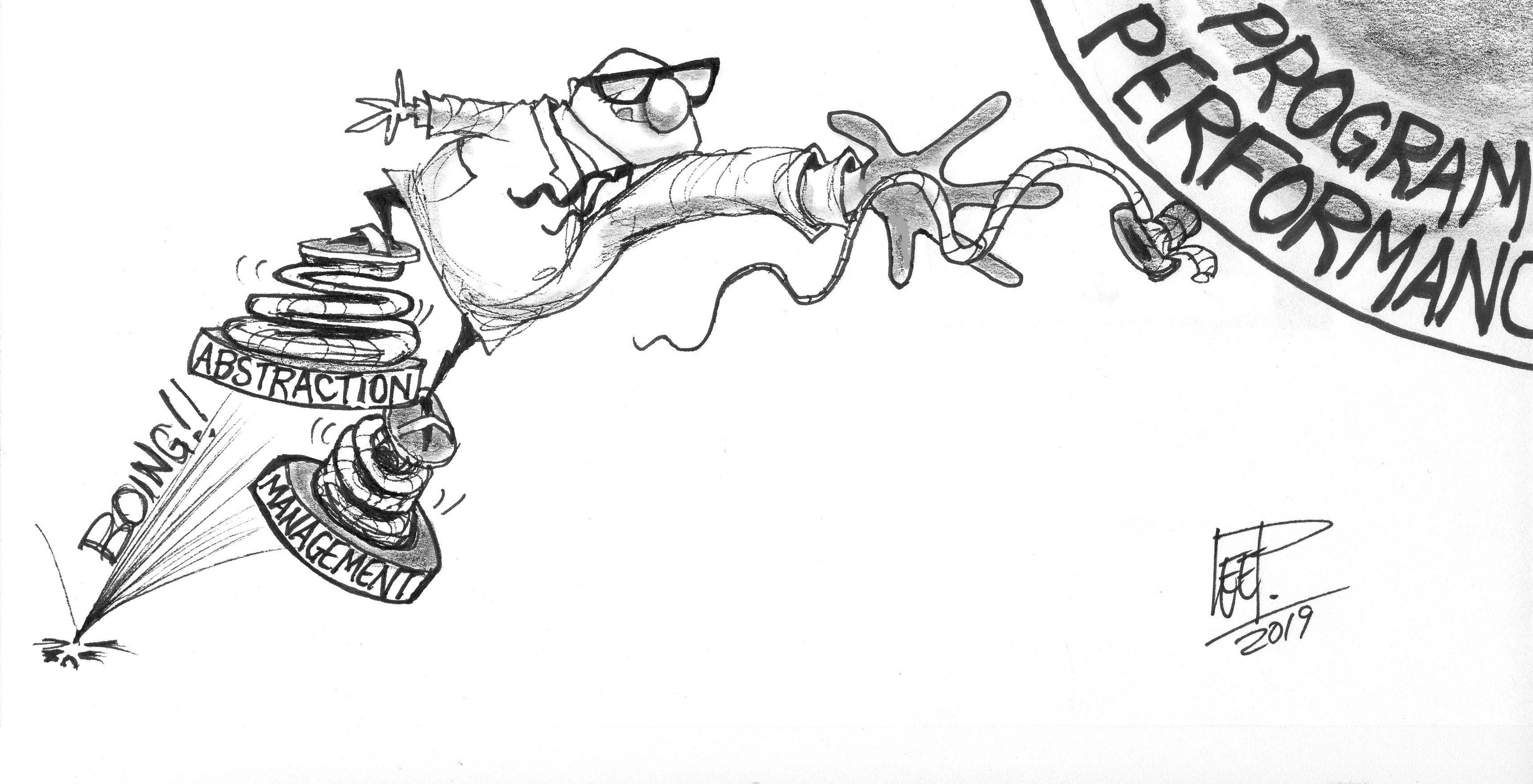
A common challenge in CV programs today is the cost/resource requirements of quality registry involvement such as NCDR-PCI and others. Due to several payer requirements for registry utilization, I’ve not yet been to a program that has not engaged with at least one registry in the CV program or service line. The challenge typically lies in the resource requirements for abstraction and registry data management. Although this is an important and real challenge, the bigger challenge I see is the utilization of the registry data in a meaningful way. Whether the registry is STS, NCDR-PCI, ICD, Action or others, there is a wealth of quality data that can provide feedback on patient outcomes, processes, clinical decision making and patient throughput. All of these can be tied to clinical outcomes, patient experience and the economics of your CV program. The key is using the data in a meaningful way to drive and support quality and process improvement within your organization. There are three areas that need to be managed in order to promote effective utilization of quality data - abstraction, data management, and program performance.
7 Tips for Improving Employee Engagement
Thursday, May 16, 2019 | Lori Walsh, MHSA | 0 Comments
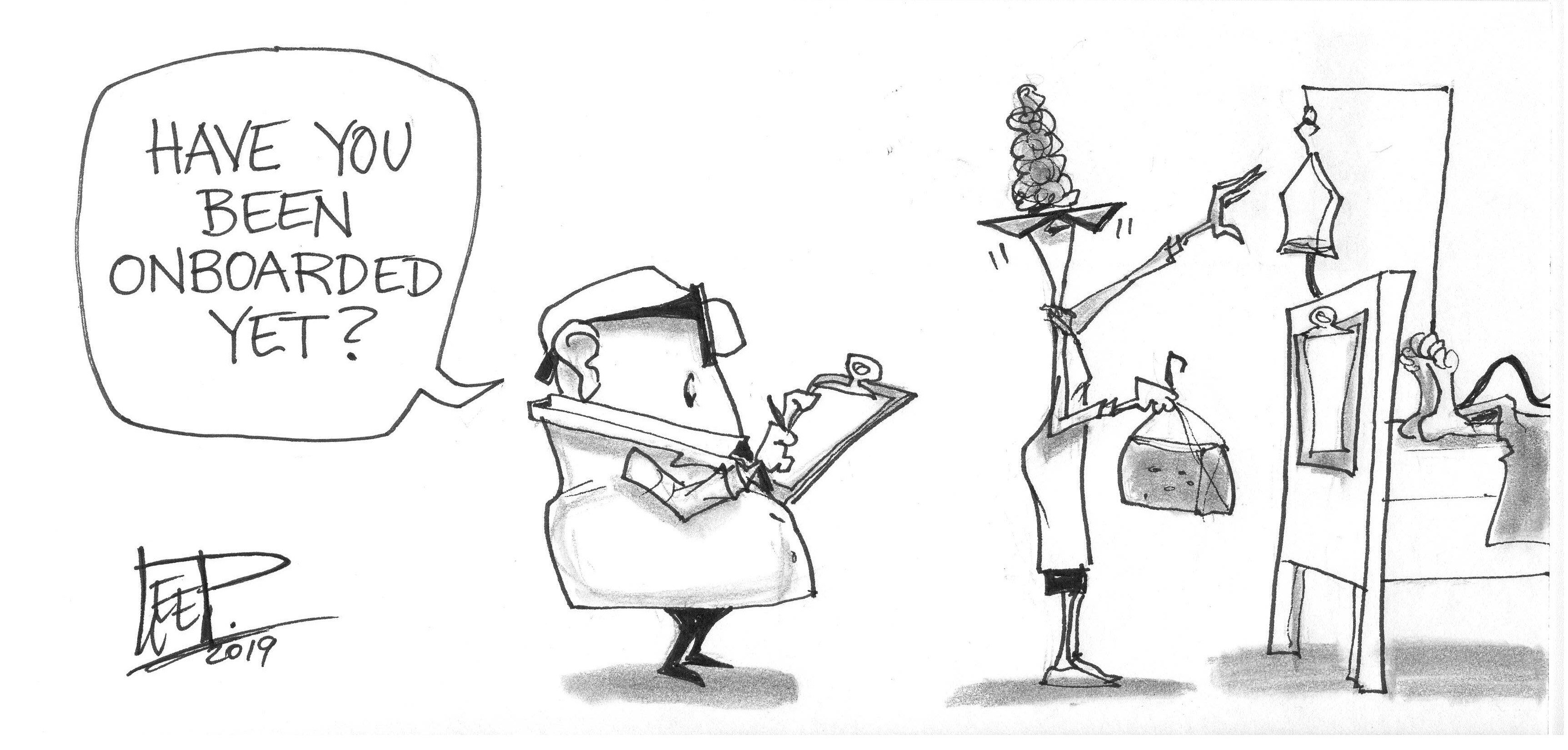
When you walk into a business that’s a great place for employees to work, you just know it. You can tell by the behavior, attitude, and loyalty of the employees.
The Imminent Growth of TAVR and BPCI-A
Thursday, May 9, 2019 | Joe Sasson, Ph.D | 0 Comments
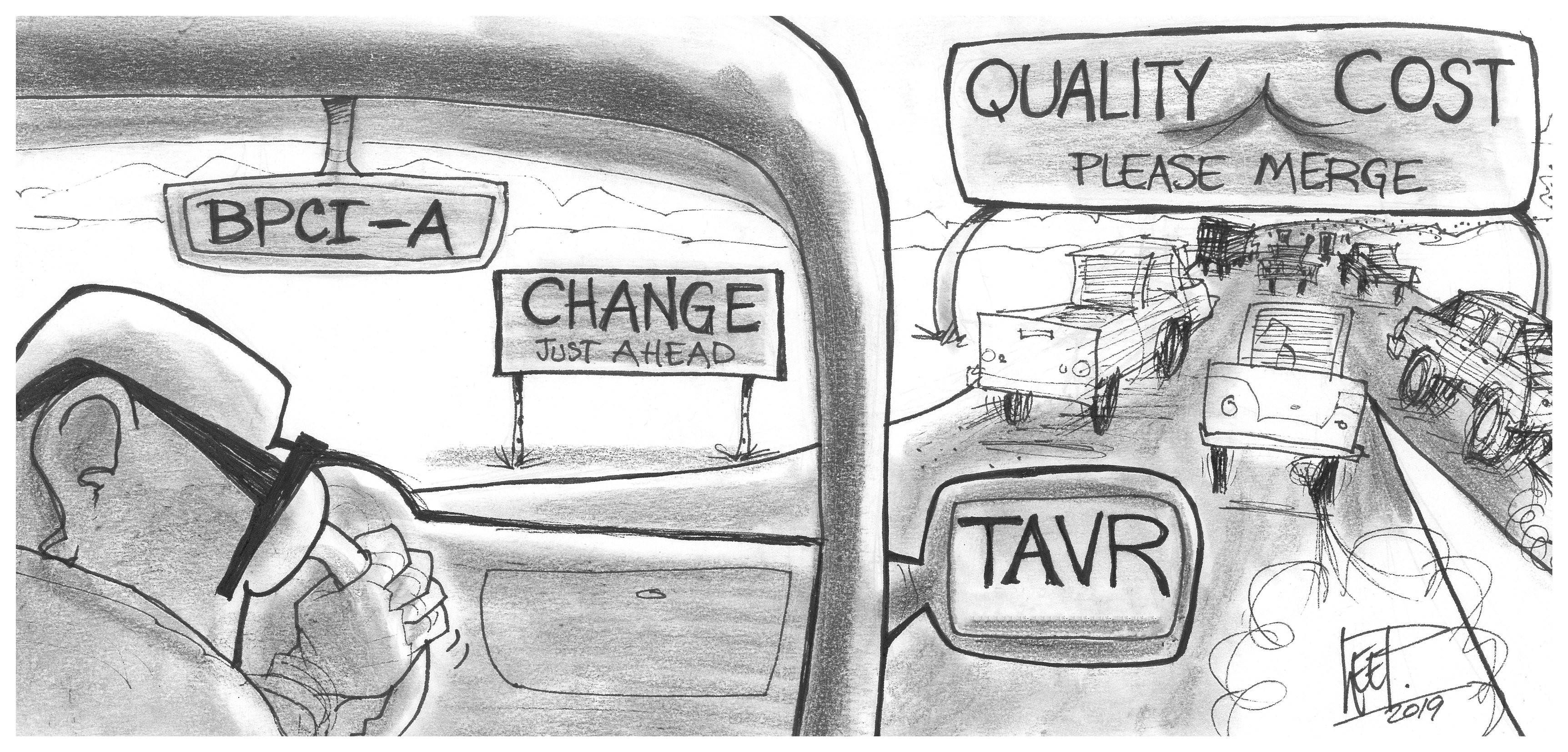
It seems as though every day I hear about the next big thing. Sometimes there is merit, and sometimes there isn’t. There is undoubtedly merit to the coming changes in Transcatheter Aortic Valve Replacement (TAVR), and they are exciting. The changes are going to revolutionize how we use TAVR and how we contract to provide TAVR services. By contracting for TAVR, I’m referring to ways in which TAVR services are sold, which can mean negotiating with private payers, participating in bundles with CMS via BPCI-A, or working with jumbo employers to create bundles for TAVR procedures.
Why is Cardiology Compensation still on the Rise?
Thursday, May 2, 2019 | Joel Sauer | 0 Comments

Trends in the Data For the fifth year in a row and for the seventh year out 10 overall cardiology compensation increased from the previous year, with the median now sitting at $586,888 (see Figure 1). This despite many predicting that incomes would come down, including my audience at the Spring CV Transforum where data from the 2019 MedAxiom survey were first debuted. When polled nearly 70 percent predicted that total compensation for cardiologists went down in 2019 (based on 2018 data), with nearly identical results whether considering employed cardiologists or those in private practice.
Zeroing In On Your #1 Practice Challenge
Friday, April 12, 2019 | Lori Walsh, MHSA | 0 Comments
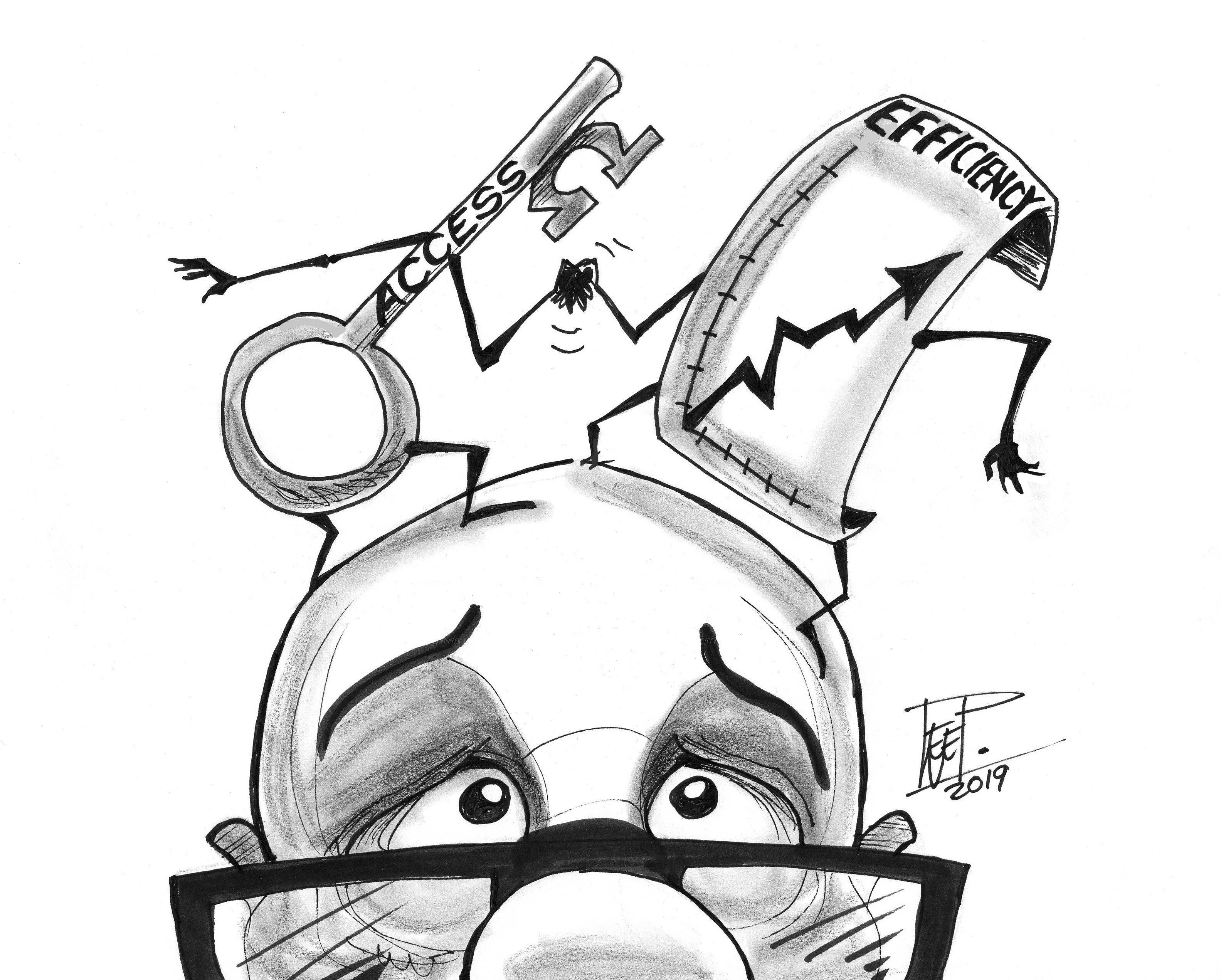
At the start of last week’s conference, I asked attendees to fire up the conference app by answering a few polling questions. When I asked people to choose their top three concerns from a list of eleven, “staff/operational efficiency” came out far and away as everyone’s biggest issue. 58 of you, in fact, put it in your top three. And when we asked people to rate their number one challenge, staff/operational efficiency was again at the top.
What You Need to Know About HHS' New EHI Interoperability Standards Rule
Thursday, March 14, 2019 | Michael Mytych | 0 Comments

Last month, the long-awaited dream of patients being able to access all their medical and insurance information from any device, and take it with them to another provider or healthcare organization, got a major boost toward becoming reality.
How to Measure APP Productivity and Performance
Thursday, February 28, 2019 | Ginger Biesbrock, DSC, PA-C, FACC | 0 Comments
As the Advanced Practice Practitioner (APP) role evolves and the industry moves toward value-based care and alternative payment models, establishing a method for tracking and monitoring the productivity and performance of APPs is more important than ever. In fact, I would argue that more important than productivity is tracking/quantifying the value that they bring to the team. In addition, per Peter Drucker, “What gets measured gets managed,” continues to hold true.
Why External Benchmarking is Important for Cardiovascular Programs
Thursday, February 21, 2019 | Lori Walsh, MHSA | 0 Comments
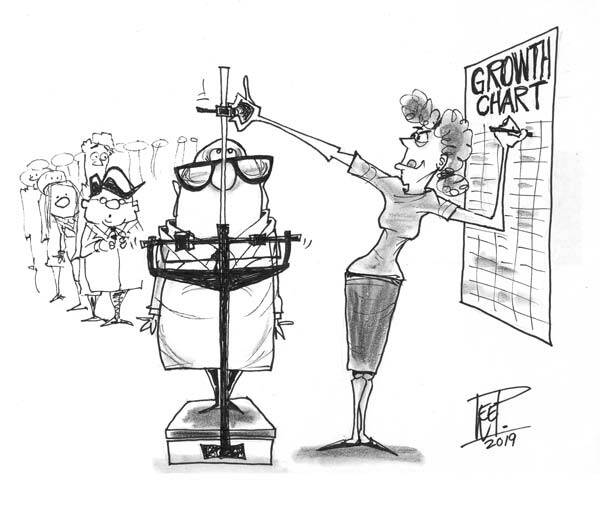
As Peter Drucker so famously said, “you can’t manage what you don’t measure.” Whether you work in healthcare, financial services, manufacturing or another industry, tracking metrics and comparing them to external benchmarks is critical to assessing performance, and monitoring how you rank against competitors and peers. External benchmarks aid in goal setting and provide critical data points for decision-making. They help healthcare administrators put status updates and recommendations in context for physicians.
To Hire, or Not to Hire, a Scribe
Thursday, January 31, 2019 | Blog Author | 0 Comments
A few weeks ago, I wrote about how EHRs have drastically changed the way that we deliver healthcare. From 2004 to 2015, practice EHR use shot from 20.8% - 86.9%.1 Many thought that the EHR implementation would allow for better access to data, better communication, and improved workflows. All of these occurred in other industries that adopted automation and computerized systems. But that's not what happened in healthcare.
